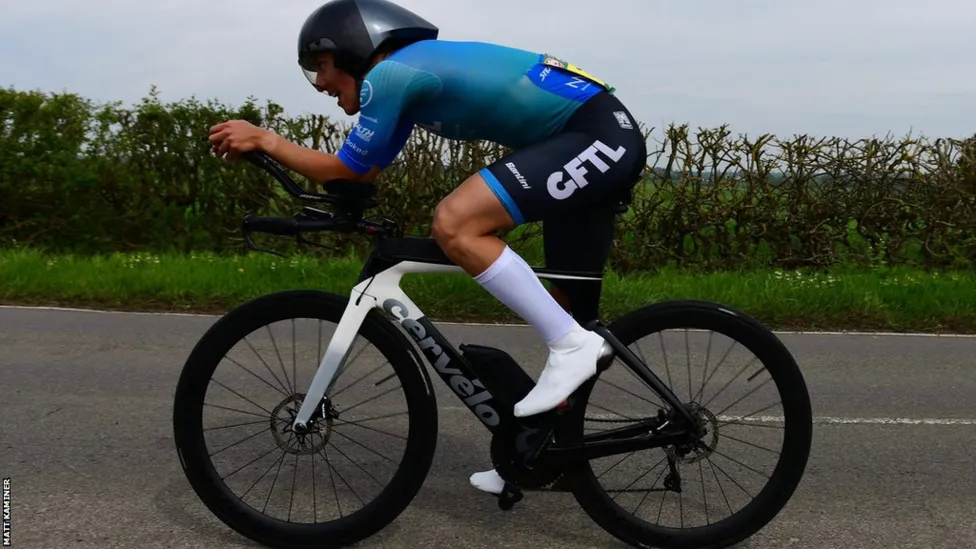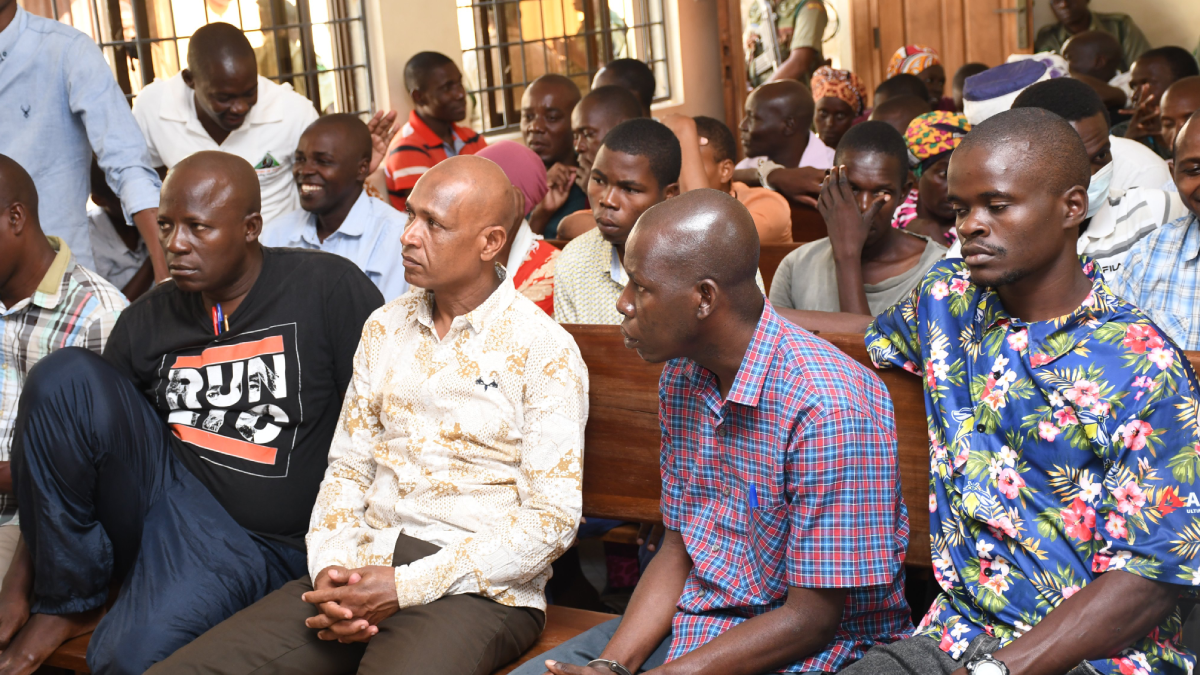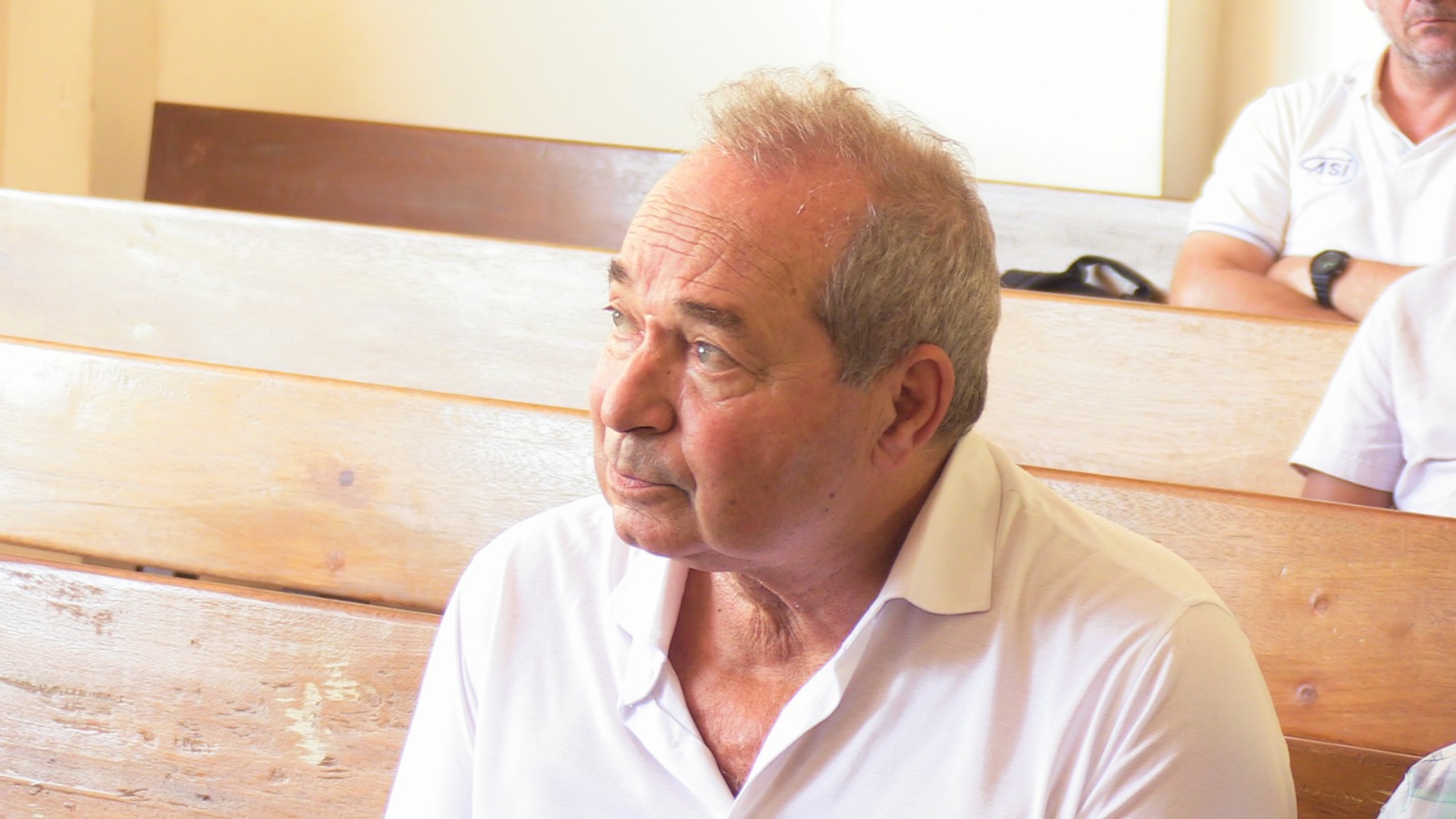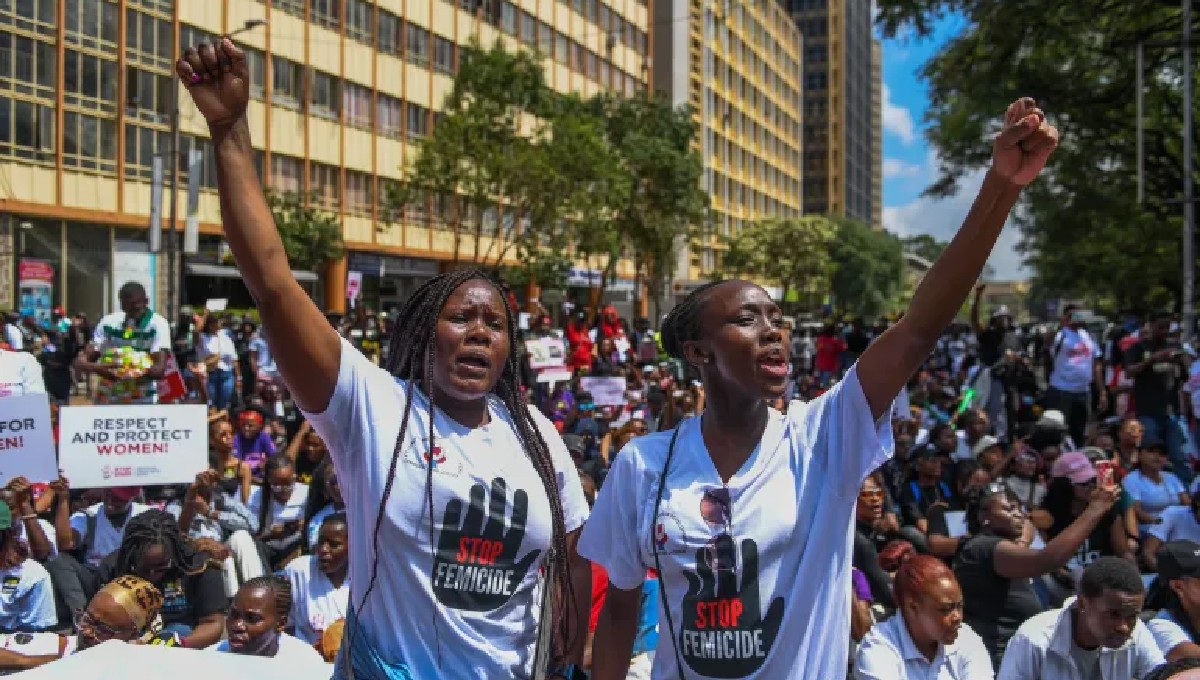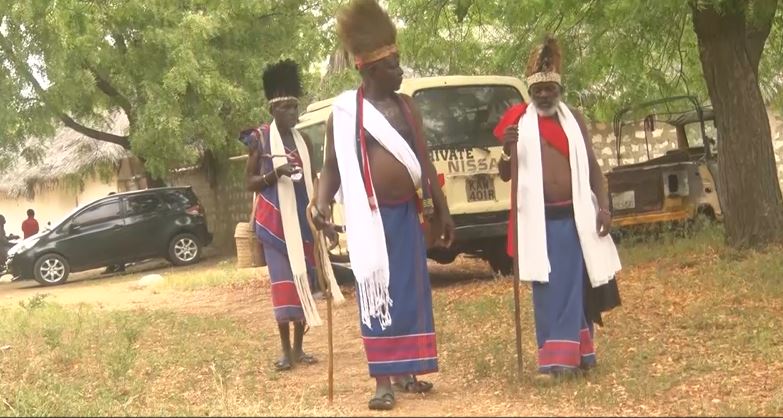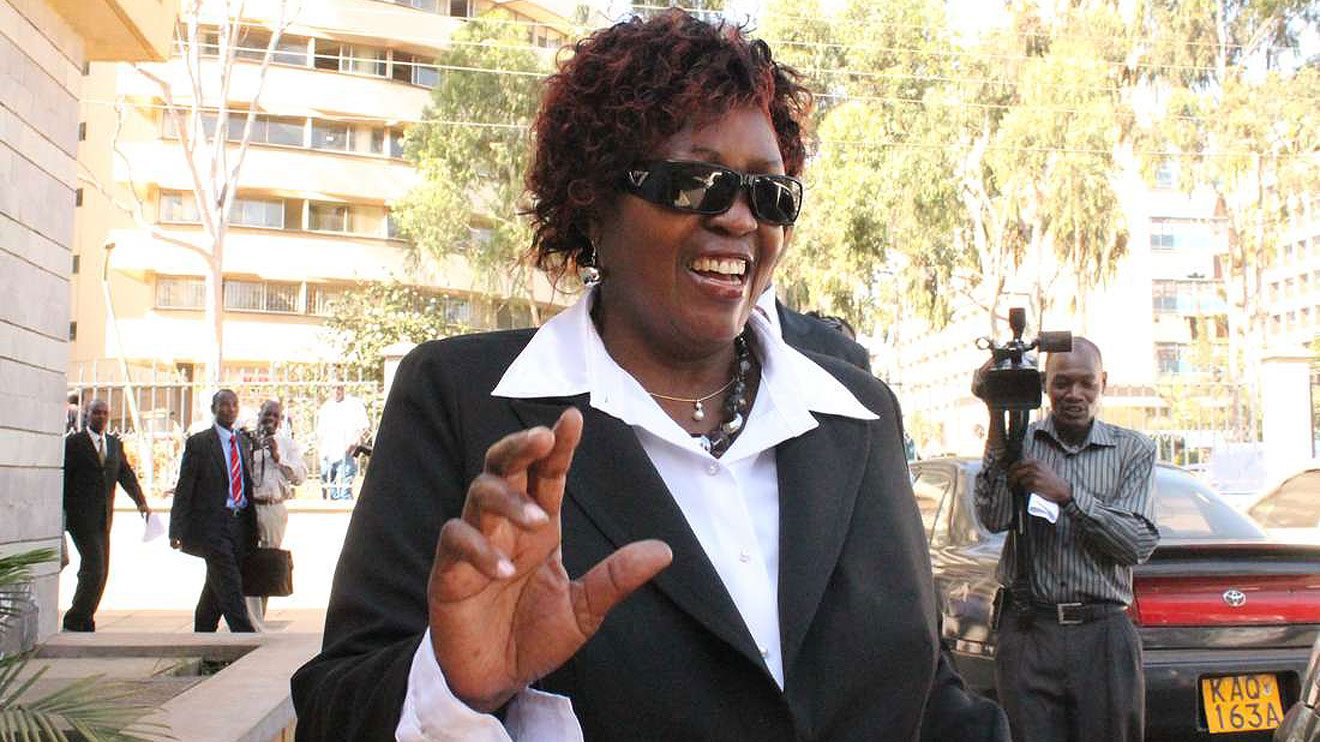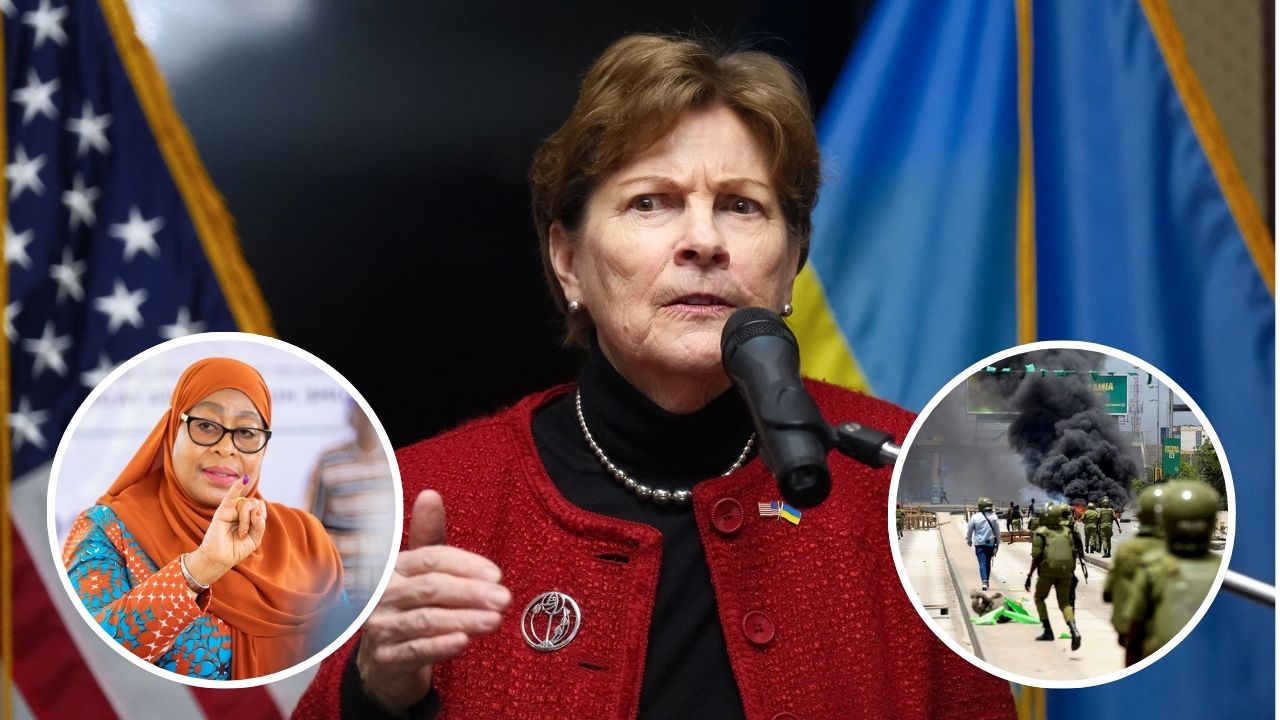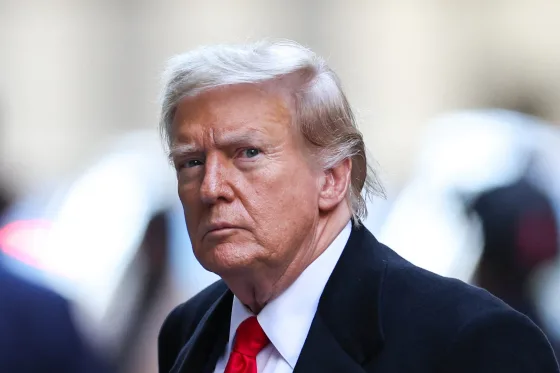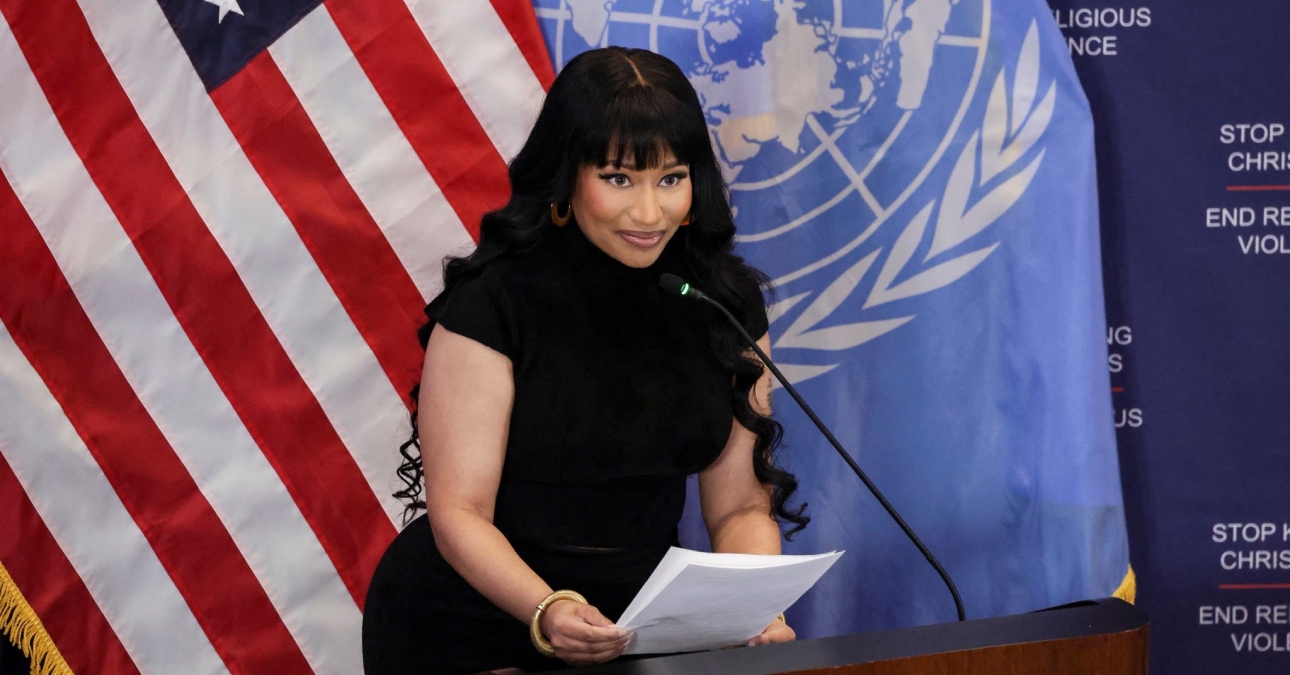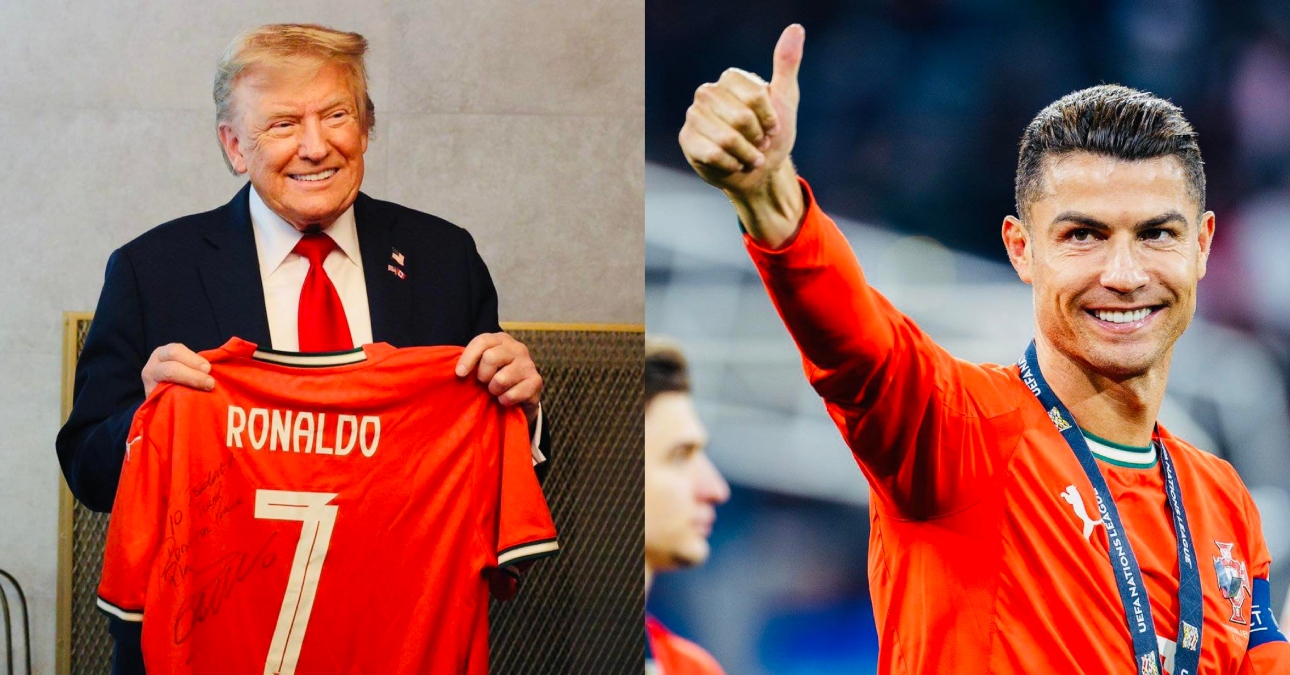The Shanzu Law Courts in Mombasa County on Wednesday, October 1 heard evidence detailing how multiple bodies were buried in single graves in Shakahola.
Testifying before Principal Magistrate Hon. Leah Juma, government pathologist Dr. Richard Njoroge told the court that a team of five pathologists exhumed 453 bodies for the sake of establishing the cause of death.
Njoroge told the court that their work involved identification of the area containing graves, marking the graves, coding the graves, exhuming the bodies, examination of human remains to establish the cause of death, analyzing the DNAs, and giving results.
The court heard that some of the bodies were buried in shallow graves, with some graves bearing 2 to 17 bodies. He told the court that some bodies exhumed were beyond recognition because they had skeletonized with a lack of soft tissues.
In responding to questions on why some bodies were more decomposed than others, Dr. Njoroge told the court that the decomposition of bodies depends on the age of the deceased, the person’s health status before death, temperature, and time taken before being collected for burial.
He informed the court that the pathologists examined 453 bodies, including those who died in hospitals and prisons. He testified that starvation was the most common cause of death, with 195 of the 453 cases linked to acute starvation.
The bodies showed signs such as loss of muscle, absence of abdominal fat, empty stomachs, and fatty livers.
He added that other deaths were caused by manual strangulation, asphyxia, and blunt force trauma. He refuted claims that there would have been hunger in Shakahola, claiming that it was not practical for such a number of people to die out of prolonged lack of food and water.
Police Constable Joseph Munyaka, a digital forensic analyst, also testified that he was tasked to conduct forensic analysis of mobile phones. He extracted photos/videos from mobile devices under investigation to ascertain whether there were photos in them showing persons appearing thin and malnourished.
He noted that he managed to extract four photos depicting malnourished individuals after receiving consent to search digital media from the owner of the phone through a consent form. The photos extracted from the phone included images of a child who looked very malnourished.
Gilbert Kipngeno, a document examiner, corroborated the evidence of Shadrack Musau Mutiso, who had alleged that his signature was forged for the registration of Good News Media (K) Ltd. He told the court that he received 13 documents suspected to have been used in the registration of Good News International Ministry. The exercise involved matching the signatures in those documents and the specimen or known signature provided by the complainant and suspects.
In his examination and finding, the signature in the Good News Media (K) Ltd registration was made by Paul Mackenzie, but the signature in the document did not match the specimen signature of Shadrack Musau Mutiso, meaning it was forged.
The hearing continues today…

